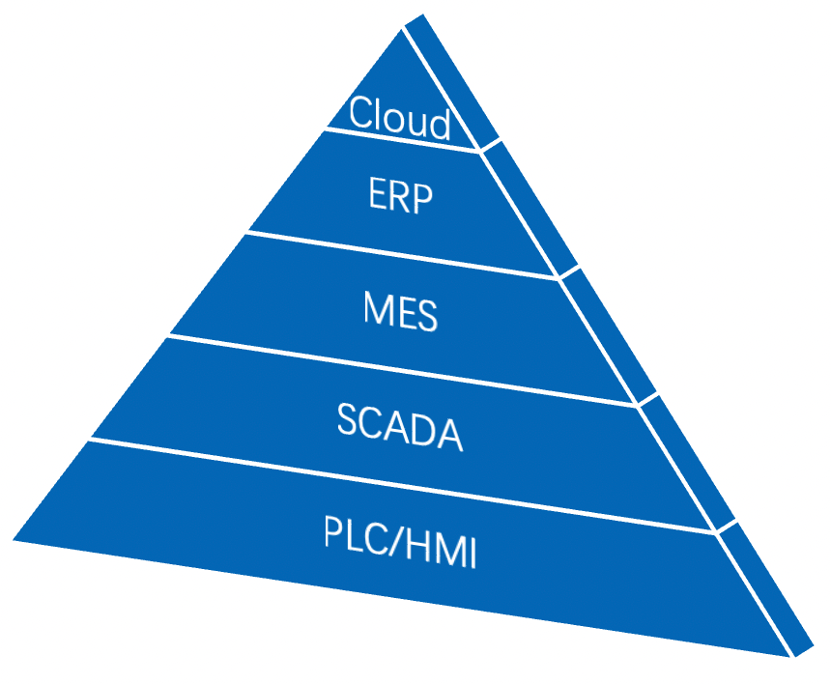What is MES? For those of you who already know what MES is, I still encourage you to read this article. Whether you’re an advanced MES developer or just getting started, this will resonate with you and be helpful.
MES stands for Manufacturing Execution System. You might also see it referred to as MOM (Manufacturing Operations Management), but the key idea is that MES is a system designed to manage and execute manufacturing processes.
MES vs. SCADA
Here’s the issue with MES: When I say SCADA—Supervisory Control and Data Acquisition—everyone knows exactly what that means. SCADA capabilities are consistent across systems. SCADA system A, SCADA system B, and SCADA system C all provide the same core functions: data acquisition, visualization, process control, monitoring, alarm configuration, and response.
But MES is different. MES is not a single, uniform product; it’s a collection of different functions and features. When someone says, “I want MES,” it could mean different things to different people.
Before diving into what MES is, let’s discuss where it fits in the automation stack. In the typical automation hierarchy, we have the Cloud, ERP (Enterprise Resource Planning), MES, SCADA, and finally PLC (Programmable Logic Controllers) and HMI (Human-Machine Interface). If we were to visualize this hierarchy, the MES layer would be as significant as the entire stack.

Core Capabilities of MES
There are four core capabilities commonly found in almost every MES system. We call these the “Core Four”:
1. Work Orders: Transform planned production into executable work orders that translate into production runs on the shop floor.
2. Scheduling: Schedule the work orders for production.
3. Overall Equipment Effectiveness (OEE): Measure how efficiently each piece of equipment is operating, helping to understand overall production performance.
4. Downtime Tracking: Monitor and record equipment downtime to identify and address production bottlenecks.
When people refer to MES, they are typically talking about managing work orders, scheduling, tracking OEE, and tracking downtime. OEE itself consists of three elements: Availability, Quality, and Performance, which help diagnose why production is not meeting targets.
The challenge with MES is that, unlike SCADA, where everyone is asking for the same thing, MES can mean something different to each person.
Additional Features of MES
While the Core Four are common, other features might also be included.
For example:
? Recipe Management: Defining and managing production recipes, including specifications and deviation tracking.
? Digital Quality Inspection Plans (DQIP): Automating quality inspections.
? Statistical Process Control (SPC): Ensuring quality through real-time data analysis.
? ISO 9001 Compliance: Meeting international quality standards.
? Digital Work Instructions: Providing operators with standardized, digital work instructions.
The Unique Nature of MES
MES is not just one set of solutions. It’s a flexible system that grows with your business. The MES at one customer’s site will never be exactly the same as at another. This contrasts with SCADA, which tends to be consistent across different implementations.
In summary, MES is the system that sits in the middle of your business, turning planned production into executed processes. It’s a customizable solution, with a broad array of capabilities that can be selected to match the specific needs of your business.
This version maintains the original intent while improving grammar and word usage for clarity and professionalism.
Start Now! Improve Order Delivery Efficiency Immediately!
Contact us and explore order delivery efficiency improvement with LinkedData digital transformation experts.
Request a Demo
 0510-8521 1230
0510-8521 1230



